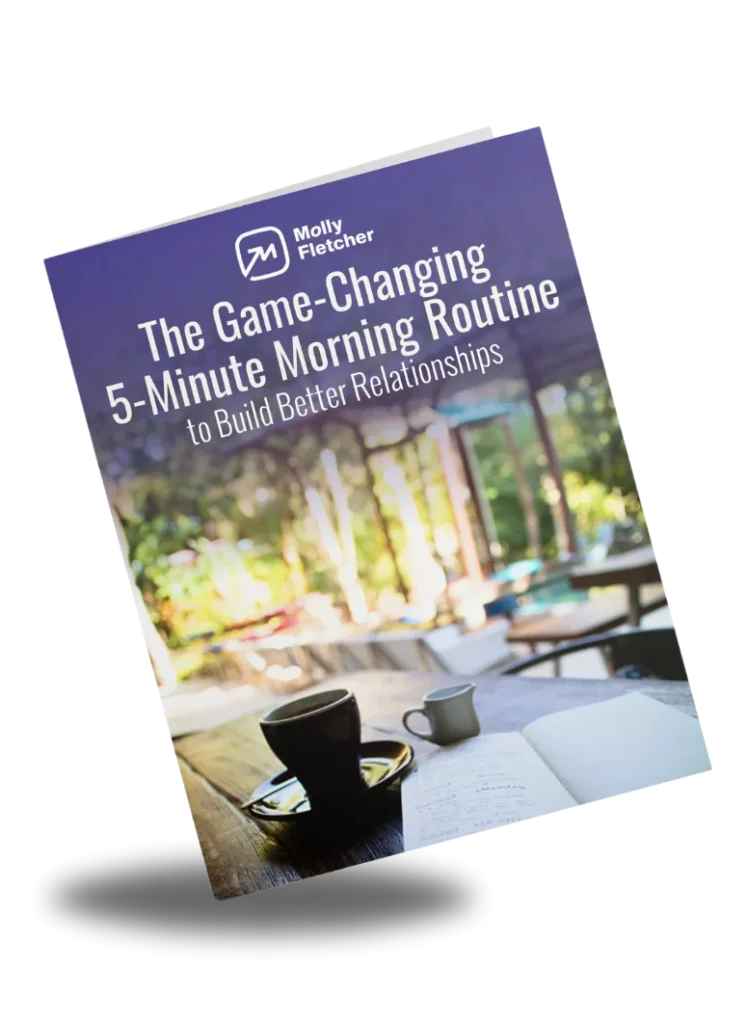 I’ve always treasured time with my three girls, especially knowing that in our society, daughters can have a hard time claiming their own unique voices to ask for what they need and want. It’s hard for any of us to know ourselves well enough to have that level of confidence. But it’s so important because fair pay and career advancement are at stake.
I’ve always treasured time with my three girls, especially knowing that in our society, daughters can have a hard time claiming their own unique voices to ask for what they need and want. It’s hard for any of us to know ourselves well enough to have that level of confidence. But it’s so important because fair pay and career advancement are at stake.
As Strong Female Lead columnist Gwen Moran pointed out recently in Fast Company: “What if we raised girls to help them both master negotiation skills and navigate the challenges? Would that help us raise a generation of women who are more likely to succeed by the time they need to ask for what they’re worth?” My daughters are 10 (twins) and 11, and a recent trip to the home improvement store with Emma (the oldest) illustrates one way to model negotiation tactics. As any parent knows, kids are watching and studying your every move, so leading by example is the best way to make your point. Maybe the only way!
The Cotton Gin Project
Emma had to build a cotton gin for her social studies class. I agreed to help the weekend before it was due. This involved drilling a hole in a piece of wood so the handle could spin the cotton. We hit a snag when we couldn’t find the charger for our cordless drill. On 7:30 am the day before Emma’s project was due, we headed to Lowe’s to get a charger. It’s a big store and sometimes it can be hard to find the right assistance, but by asking around, we located the store’s “tool guy,” Jeff. “You have to order the charger, and it will take a few days,” Jeff said. “It’ll be about 25 bucks plus shipping.” You don’t need to be smarter than a fifth grader to do this math. Replacing our drill would cost $35. The ticking of the school deadline was getting louder as we located some L-wrenches that we also needed for the gin. In that pause, I took stock of how much Jeff wanted to help us. I didn’t realize Emma was thinking the same about him—and me.
Let’s Make a Deal
Jeff came up with a possible solution: a store demo. But none could be found. “Any sweet drills you want to unload, overstock?” I asked. He walked us over to a set of power tools: a much stronger drill than ours, a charger and a circular saw. Classic up-sell, but I’m listening. We have got to get this thing done. “Great find, Jeff,” Emma chimed in. “Thank you.” She turned to me. “Mom, this would do it,” she said. The price on the box: $125. Neither Jeff nor I want to disappoint Emma, and she knows this. Often kids can naturally work both sides of a negotiation involving sympathetic adults. She’s demonstrating a very effective tactic for negotiating. “I’ll sell you this for $35,” Jeff offered. “You’d have to spend that anyway on a new drill, and you’ll get tons more.” I smiled at Emma and then back at Jeff. Especially in front of her, I never want to wonder if I could have bargained better. “Do I hear $30?” I said, mostly joking. He laughed. “This is a heck of a deal,” he said, marking $35 on the box with his initials. A few hours later, Emma’s cotton gin was done.
When Parents Model Negotiation Tactics
I teach and try to consistently model to my children that transparent and authentic conversation can solve most everything except health issues. I try to make them a part of negotiation conversations as long as their presence does not offend or disrespect the other side. The conversation at Lowe’s was low-key but in the real world, a perfect opportunity for learning negotiation tactics. Even at a young age, children can still grasp the idea and practice of finding common ground and asking for what you want. It’s important for them to see that negotiations can be fun and not a grind. For Emma, there was a lot at stake in finding a solution to our charger problem, but that didn’t turn into pressure or judgment of her personally. She played an authentic part in the transaction and I believe could have walked away without a lot of emotion if we hadn’t succeeded. She is learning to connect in places and with people who are different than her, and establishing transparency, trust and respect to find a mutually acceptable outcome. This is what negotiators of all ages strive to master.
Your Game Changer Takeaway
Children give us unique opportunities to negotiate, and to demonstrate negotiation tactics first hand. One drawback is that you may find yourself with another skilled negotiator under your own roof. After her experience with the drill charger, Emma likes to say: “I am better at negotiating than my mom.” I’m not quite ready to concede that, but I’m sure happy that she is building her self-confidence as a negotiator at a young age.
The Molly Fletcher Company inspires leaders, teams and organizations to kick-start growth. A keynote speaker and author, Molly draws on her decades of experiences working as a sports agent. Her company’s Game Changer Negotiation Training workshops teach businesspeople the framework for successful negotiating, so that you can close more deals while building stronger relationships. Sign up here to receive our weekly newsletter and subscribe to the Game Changers with Molly Fletcher podcast on iTunes.


















